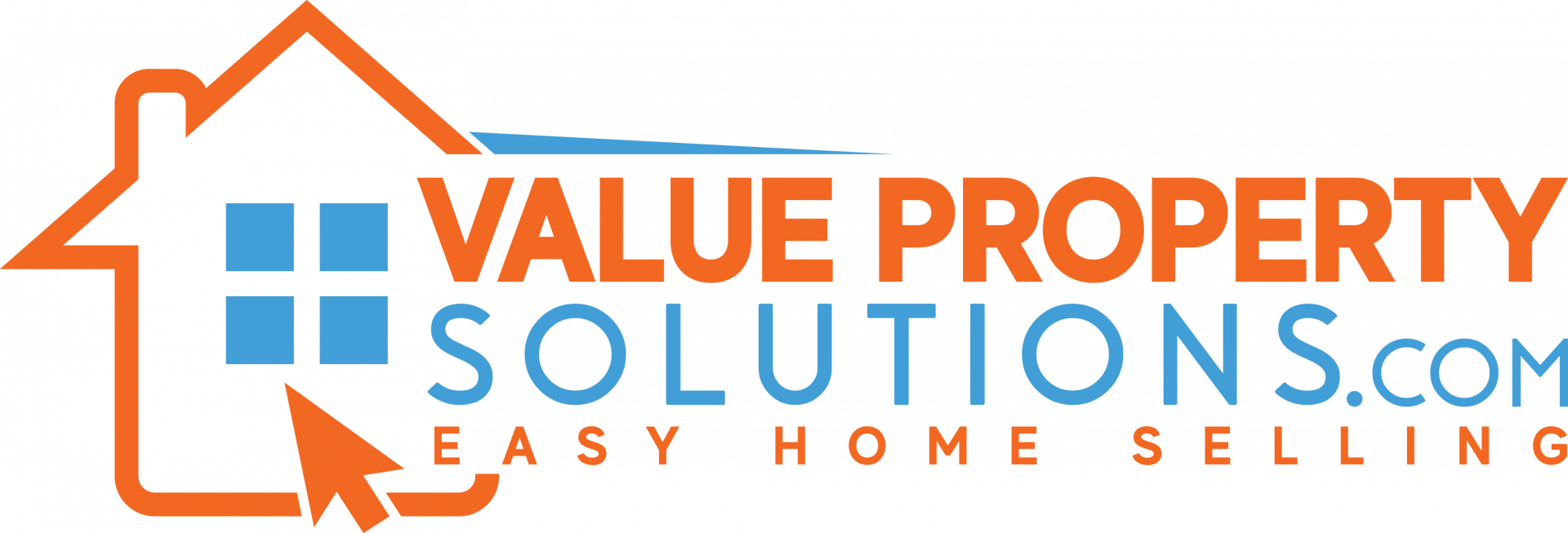School bus fleet maintenance managers face challenges in trying to control costs that continue to rise.
Costs are increasing very quickly for tires, emission systems, labor, and many other parts. The maintenance manager can no longer find ways to reduce actual cost or maintain the margin of the total budget relative to transportation operating costs.
Fleet maintenance managers must justify reality with a new generation of mangers who perceive value by measuring charts, graphs, predictions, and cost benchmarking – all in a way to reduce costs or fix the perceived problem on a short-term, cost-cutting basis, without any consideration for performance benchmarking.
The following scenario happens more and more frequently – A new transportation manager is told that his/her responsibility includes the maintenance department, yet maintenance is not his/her forte – So, the new manager’s style and approach is to measure cost – make charts and graphs. His boss is happy because now they both can look at the same reports and both conclude that the costs are too high. They are not meeting the budget so they plan to drive cost out without seeing in real life where the money is being spent, such as the performance upkeep for an aging fleet of school buses with only a sprinkling of new 2018 units within it.
What truly works though, are the basic simplified methods: A prescribed fleet replacement plan supported by a good maintenance policy, with a defined process and efficient practices. Then an administration add-on of non-burdening “micro-measurement” through charts and graphs is only required to understand the effectiveness of the maintenance process – not control it.
While you must measure, you must also understand each other’s thought process and work jointly – Board, Administration and Transportation. All must work towards the common goal of being the safest and most cost-effective school bus maintenance provider.
